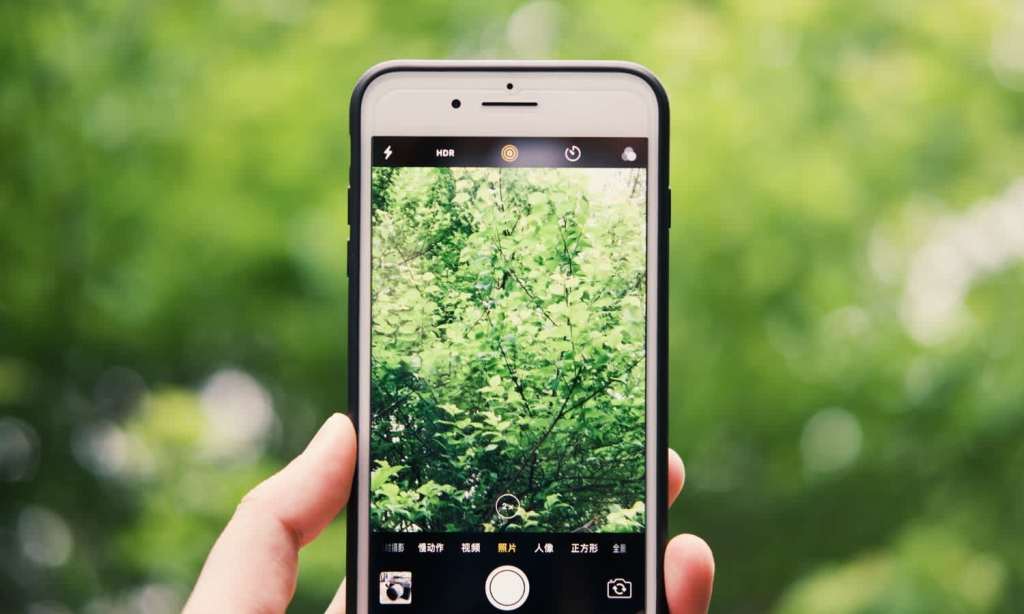The length of time the virus that causes COVID-19 can survive on surfaces has been the subject of much scrutiny for the last few months. New research from the CSIRO has found the COVID-19 virus can actually last on surfaces like mobile phones and ATM screens for up to 28 days.
Researchers from the national science agency tested the virus on a number of objects and surfaces including brushed stainless steel, glass, vinyl and cotton cloth, as reported by The Sydney Morning Herald.
On materials like glass, stainless steel and paper banknotes, the virus lasted for up to 28 days at 20 degrees. When the temperature was increased to 30 and 40 degrees, the virus lasted for less than a week.
The CSIRO also found the virus remained on most surfaces for roughly six to seven days before it started to lose its potency. When it came to more porous materials like cotton, no infectious virus was detected after two weeks.
In similar experiments for Influenza A, researchers found it survived on surfaces for roughly 17 days.
“Establishing how long the virus really remains viable on surfaces enables us to more accurately predict and mitigate its spread, and do a better job of protecting our people,” said CSIRO chief executive Dr Larry Marshall.
CSIRO researchers noted the virus is primarily spread through aerosols and droplets released by infected people sneezing or coughing. Whether contaminated surfaces contribute to the spread of COVID-19 remains to be seen, but according to the study, has “been suggested as a potential mode of transmission also reflected by the strong focus on hand-washing by [the World Health Organisation] and national control schemes”.
“The persistence on glass is an important finding, given that touchscreen devices such as mobile phones, bank ATMs, supermarket self-serve checkouts and airport check-in kiosks are high touch surfaces which may not be regularly cleaned and therefore pose a transmission risk of SARS-CoV-2,” the study reads.
“It has been demonstrated that mobile phones can harbour pathogens responsible for nosocomial transmission, and unlike hands, are not regularly cleaned.”







